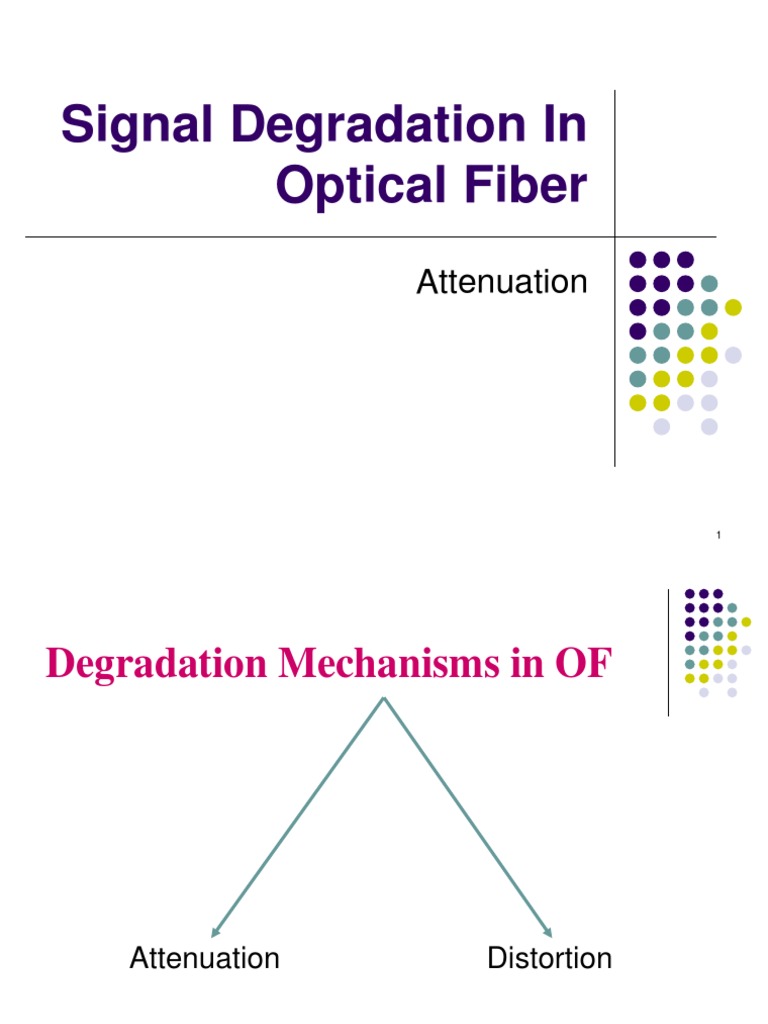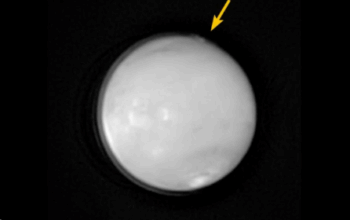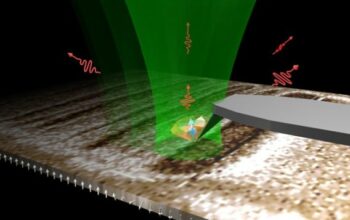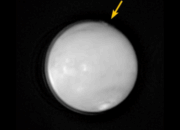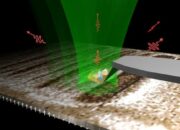Optical fibers have revolutionized communication technologies, but have you ever pondered what actually diminishes the signal as it traverses these ultra-thin glass or plastic strands? Attenuation, the reduction in signal strength, occurs due to a plethora of factors; understanding these can unveil the intricacies of optical fiber communication. This article delves into the multifaceted causes of attenuation in optical fibers, providing a comprehensive analysis of this phenomenon.
To elucidate the complexity of attenuation, it is imperative to grasp the foundational principles underlying light propagation in optical fibers. Signals transmitted through fiber optics rely on total internal reflection, a principle that, while efficient, is susceptible to various impediments. Among these impediments are inherent material imperfections, scattering, and absorption. This exploration leads us to consider: what multifarious elements within the fiber contribute to signal degradation?
1. Material Impurities
One of the foremost contributors to attenuation is the presence of impurities in the fiber material itself. Even minuscule discrepancies in the chemical composition of the glass or polymer can lead to scattering of the light waves. For example, the addition of metallic ions or hydroxyl groups can create abnormalities in the refractive index, causing partial reflection and ultimately diminishing the intensity of the transmitted signal. This is often referred to as Rayleigh scattering, primarily when it results from microscopic density fluctuations within the medium.
Furthermore, during the manufacturing process, imperfections such as bubbles, inclusions, or variations in cross-sectional geometry can drastically affect performance. These anomalies can act as scattering centers, diverting light energy away from the intended path, thereby causing attenuation.
2. Scattering Phenomena
While Rayleigh scattering is a significant factor, another critical form of scattering contributing to attenuation is Mie scattering. This occurs when light interacts with larger imperfection particles, whose sizes are comparable to the wavelength of the light being transmitted. Mie scattering is predominantly observed in fibers with larger imperfections or when particulate contamination occurs.
Moreover, Brillouin scattering and Raman scattering also pose challenges. Brillouin scattering is a result of spontaneous scattering due to acoustic waves within the fiber, while Raman scattering involves the inelastic scattering of photons that alters their energy and wavelength. Both forms of scattering contribute to a significant attenuation, especially over long distances.
3. Absorption Losses
Absorption is another predominant factor contributing to attenuation in optical fibers. This phenomenon involves the conversion of transmitted light energy into other forms, typically heat, due to interactions with the material of the fiber. Absorption losses occur through various mechanisms, including infrared absorption and ultraviolet absorption. The intrinsic properties of the fiber material, such as the presence of impurities and defect states, significantly govern the extent of absorption. For instance, in silica fibers, the absorption is primarily attributed to two main regions: the UV region and the IR region.
Additionally, chromatic dispersion, although primarily a separate issue, can also exacerbate absorption losses by broadening the light pulse and moving parts of the spectrum into absorption bands more readily.
4. Geometrical and Bending Losses
Geometrical irregularities, including bends and twists in the fiber, are not to be overlooked as potential causes of attenuation. When optical fibers are improperly handled or installed, sharp bends can occur that exceed their designed specifications. These micro-bends increase the likelihood of light escaping the core and entering the cladding, a phenomenon that leads to significant power loss. In particular, macrobending losses occur when the optical path is bent over larger radii, while microbending losses emerge from minor imperfections that yield similar results.
5. Environmental Factors
The external environment can also play a crucial role in attenuation. Temperature fluctuations can affect the refractive index of the fiber material, causing variable signal transmission properties. Furthermore, the presence of moisture can lead to increased attenuation as water absorption alters the refractive properties. External electromagnetic interference can also induce noise in fiber optics, which can obscure the signal and decrease clarity.
6. Wavelength Dependency
It is noteworthy that attenuation is wavelength-dependent; different wavelengths exhibit varying degrees of attenuation. For instance, longer wavelengths tend to suffer less attenuation in standard single-mode optical fibers. This attribute permits data transmission over significant distances with enhanced efficiency. Consequently, optimal wavelength selection plays an essential role in maximizing signal integrity.
7. Advanced Mitigation Techniques
Innovative techniques continue to evolve to mitigate the effects of attenuation. Engineers are increasingly employing repeater stations and optical amplifiers at intervals to boost the signal strength traveling through fiber optics. Furthermore, employing materials with lower intrinsic loss, and enhancing manufacturing techniques to mitigate impurities holds promise for future advancements in attenuation reduction.
In conclusion, attenuation in optical fibers results from an intricate interplay of material properties, scattering phenomena, absorption mechanisms, geometrical configurations, and external environmental conditions. Understanding these contributing factors is essential for optimizing communication networks and ensuring the reliability of optical fiber technology. As challenges persist, ongoing research and engineering efforts aim to develop solutions that may one day render attenuation a minor concern in the face of rapid technological advancement.
